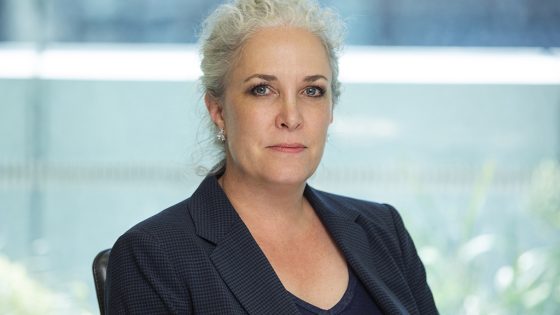Victoria Peckett is a partner at law firm Clyde & Co
As we move ever closer to 2050’s net-zero target, the demand for renewable energy sources is growing. But as 2024 unfolds, it’s a difficult landscape for contractors tasked with bringing renewable projects to life.
“In short, it’s going to be a very difficult year for contractors working on renewable projects”
Supply chains have been squeezed for several years, often driven by high inflation and unavailability of materials and equipment. Add continuing geopolitical volatility to the mix, and the pressure is rising.
The year of alternative financing models
It’s becoming increasingly difficult for contractors to secure resources, particularly at a fixed price, leading many to consider new avenues for negotiation.
Given the context they’re operating within, contractors are increasingly wary of fixed lump-sum contracts. As such, we should expect to see greater inclusion of inflation clauses in contracts. Contractors will also be reviewing the grounds on which they can claim additional payments to make sure they’re adequate to cover the key risks of overspend.
It’s also likely that the use of provisional sums mechanisms will increase in frequency, targeted mostly at items where pricing is particularly volatile.
Indeed, for some projects, the risk may be so high that contractors are not prepared to contract on a lump-sum-price basis at all. Instead, they’ll be asking for a contract based on cost reimbursement – albeit combined with incentive mechanisms (whether based on target cost or some other KPI-led incentive regime).
Mounting payment woes
In addition, there’s the issue of payment security. As well as looking at pricing models, contractors need adequate assurances that they will be paid. And if not, they need clear ways to exit contracts quickly and efficiently.
Sometimes adequate assurance is provided through commercial due diligence on their customer’s financial status or parent-company guarantees and letters of credit. Less commonly, escrow account arrangement can be used.
But as these are unlikely to provide complete protection, contractors are increasingly checking their contractual arrangements to make sure they’re not locked into projects for which they won’t be paid.
Typically, these will include rights for suspension and termination for non-payment. However, terminating a contract for customer insolvency is much more difficult where the Corporate Insolvency and Governance Act 2020 applies.
The impact of geopolitical instability
This year, many contractors will continue to bear the burden of contracts negotiated before the recent volatile economic and geopolitical conditions.
Before Covid, the Ukraine war, the Israel/Gaza situation and the Red Sea crisis, contractors may have been more willing to sign up to contracts with their clients on a fixed-price basis and on terms that passed a lot of risk to them.
However, given that many of these issues are expected to persist – coupled with the strong likelihood that new ones will arise – these contracts will continue to require very careful management if they’re to maintain profitability (or at the very least minimise losses).
As well as keeping an eye on client-side solvency, the risk of supply-chain insolvencies also looms large for the year ahead. While not operating in the renewables space, the recent collapses of the Buckingham Group and Stewart Milne remind us that supply-chain insolvencies are a very real risk and will need to be monitored and managed closely.
Strike prices on the rise
Despite formidable challenges, there remains strong appetite to realise renewable energy ambitions.
Last autumn, for example, the UK Government announced that the maximum strike price would increase by 66 per cent for offshore wind projects and 52 per cent for floating wind projects, for the next contracts for difference round in 2024. This news was broadly welcomed across the renewables sector as an attempt to reflect the substantial rise in project costs that had been felt across the industry.
Other countries may follow suit as they seek to ensure that projects are sustainably priced and economically viable.
A year of unique challenges
In short, it’s going to be a very difficult year for contractors working on renewable projects.
Projects slated for completion this year will face the twin challenges of the need to deliver those projects on budget while relying on a potentially unstable supply chain that’s looking to recoup its own losses on past contracts. New projects face the prospect of difficult contract negotiations.
This will undoubtedly trigger a rise in disputes as project profitability and even viability is squeezed. But for contractors able to navigate these and better protect themselves from risk, the drive to reach the approaching net-zero goals means there are a wealth of opportunities available to keep the books full in 2024 and beyond.

